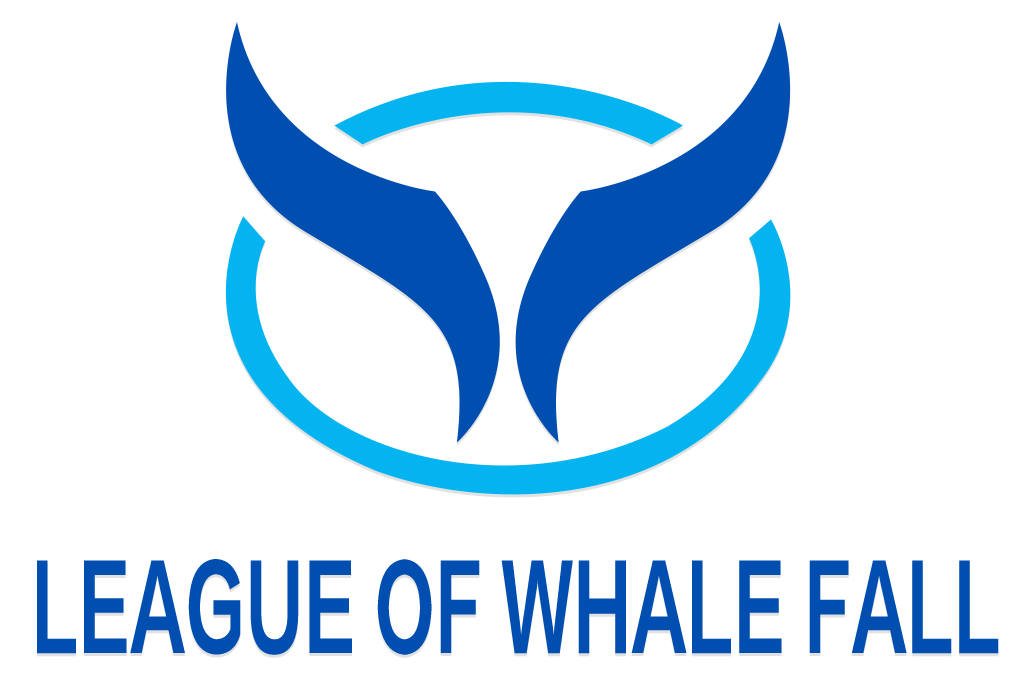1. League of "Whale Fall" Vision and Mission
2. Trading Volume Planning and Strategic Goals
3. Specific Implementation Strategies for Trading Volume Goals
4. Rest and Communication Room Planning
5. Market Competition Response Strategies
6. Charity Planning
7. Global Operations Center Planning
8. Global Cryptocurrency License Application Planning
9. Summary
Vision: To become a leading cryptocurrency investment institution and create long-term value for partners.
Mission: To achieve asset appreciation for partners through professional investment management and risk control.
2025 is divided into three quarters: January-April, May-August, September-December
January-April, trading volume target: 30 billion US dollars
May-August, trading volume target: 90 billion US dollars
September-December, trading volume target: 270 billion US dollars
1. Technical team upgrade:
Increase professional team members and introduce artificial intelligence (AI) to improve the comprehensiveness of big data analysis.
Optimize high-performance computing, cloud computing and quantitative analysis capabilities to enhance the strength of the technical team.
Make good technical preparations for increasing basic signals to ensure the accuracy and stability of high-frequency trading.
2. Member training and capacity building:
Enhance collective training for members, with key content including:
Project understanding: in-depth understanding of the cryptocurrency market and its dynamics.
Scientific investment: master risk management, account fund management, and medium- and long-term compounding.
Team management: improve teamwork and leadership skills.
Risk avoidance: learn how to identify and deal with market risks and anti-fraud knowledge.
3. Market expansion and welfare policy:
Formulate a combination of welfare policies to attract more partners and investors.
Expand market channels to increase brand exposure and influence.
Provide incentive mechanisms to encourage team members and partners to actively participate.
1. Rest area design:
Provide a comfortable rest environment, equipped with sofas, tea rooms, entertainment facilities, etc. to help members relax. Set up a quiet area for members to meditate or take a short break.
2. Communication room function:
Establish a multi-functional communication room to support group discussions, meetings and training.
Equipped with advanced audio-visual equipment (such as projectors, video conferencing systems) to facilitate remote collaboration.
Provide tools such as whiteboards and sticky notes to promote creative exchanges and brainstorming.
3. Cultural construction:
Regularly hold team activities (such as lunch meetings, team building activities) to enhance team cohesion.
Set up a "creative corner" to encourage members to share new ideas and innovative solutions.
1. Technology leadership:
Continue to invest in research and development to maintain technological leadership.
Focus on cutting-edge technologies in the industry (such as quantum computing, blockchain 3.0) and make early arrangements.
2. Brand building:
Enhance brand influence through high-quality research reports, industry summits, etc.
Cooperate with well-known institutions to enhance market trust.
3. Risk management:
Establish a sound risk control system and monitor market dynamics in real time.
Develop emergency plans to deal with market fluctuations and emergencies.
4. Customer service:
Provide personalized services to meet the needs of different customers.
Communicate with customers regularly to understand their feedback and suggestions.
1. Key areas:
Education support, environmental protection, technological innovation, health and medical care, disaster relief.
2. Implementation strategy:
Establish a charity fund, cooperate with non-governmental organizations, and encourage employees and the public to participate.
3. Project planning:
Short-term: Fund school construction and carry out environmental protection activities.
Medium-term: Support technological innovation and vocational training.
Long-term: Build charity hospitals and promote environmental awareness.
1. Regional layout:
Establish operation centers in North America, Europe, and Asia to cover the global market.
2. Functional planning:
Customer service center: Provide 24/7 customer service support.
Market development center: Responsible for localized marketing and partnerships.
3. Team building:
Recruit local talents to improve regional operation efficiency.
Provide cross-cultural training to enhance teamwork.
1. Target market and license type:
North America: United States (MSB license), Canada (MSB license).
Europe: United Kingdom (FCA license), Switzerland (FINMA license), Malta (MFSA license).
Asia: Singapore (MAS license), Japan (FSA license), Hong Kong (SFC license).
Other regions: Australia (AUSTRAC license), UAE (ADGM license).
2. Application strategy:
Phase-based application: Prioritize application for licenses in major markets and gradually expand to other regions.
Localization team: Set up a local team in the target market to be responsible for license application and compliance matters.
Legal advisor: Hire professional legal advisors to ensure that application materials meet the requirements.
3. Compliance management:
Establish a global compliance team to ensure that the business complies with local laws and regulations.
Perform compliance reviews regularly to avoid legal risks.
2025 is a critical year for the development of the League of "Whale Fall". Through clear goals, scientific strategies and efficient execution, we will strive to achieve transaction volume targets, enhance technical strength, strengthen team cohesion, and stand out in the fierce market competition to create greater value for partners.

